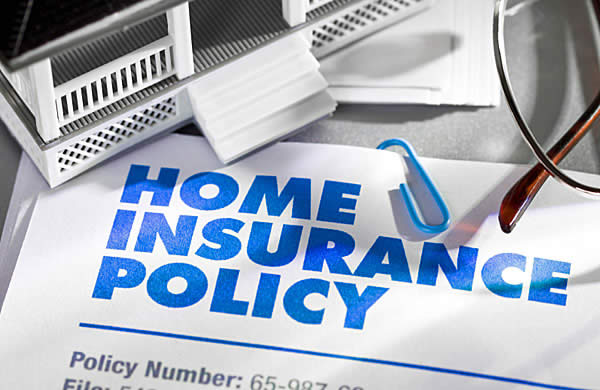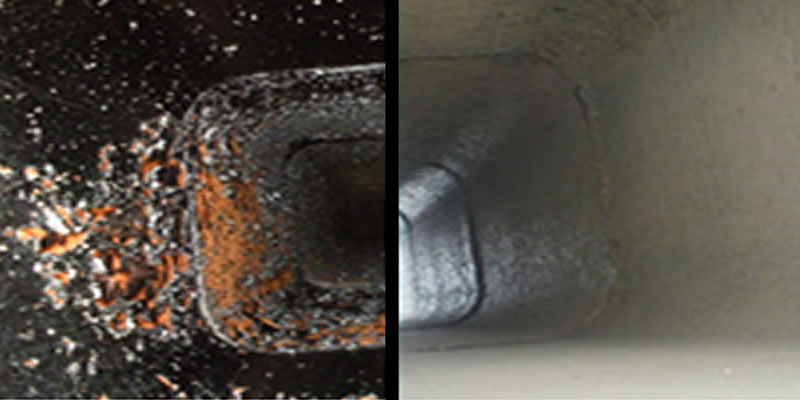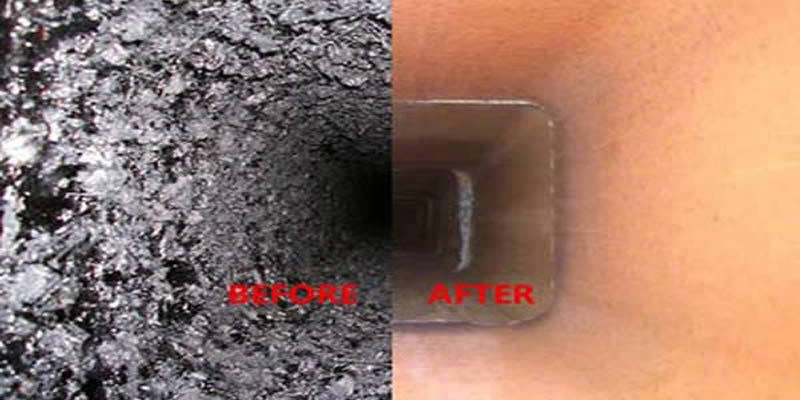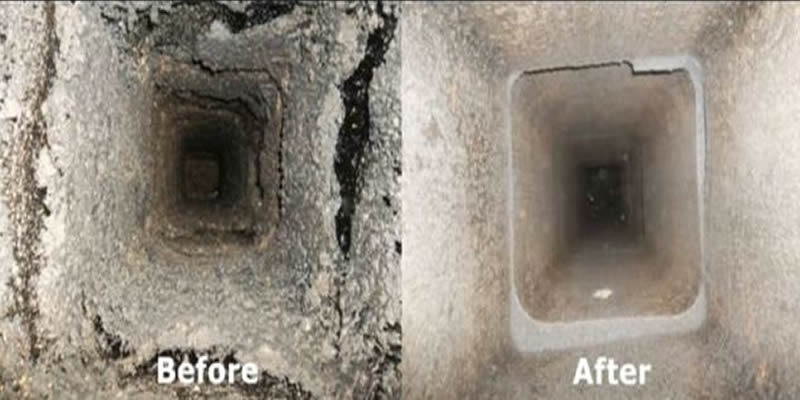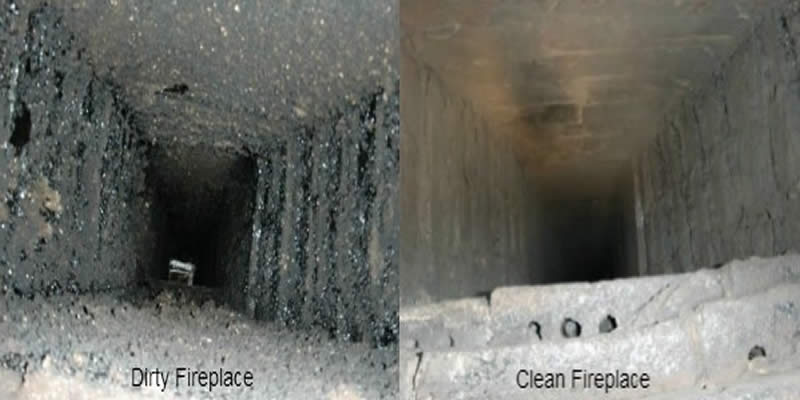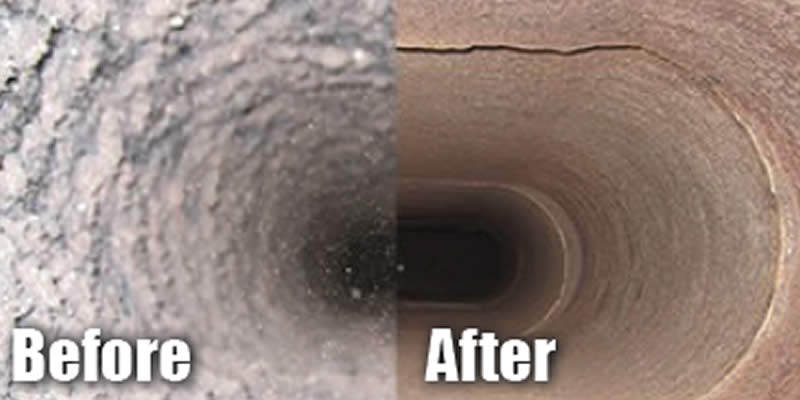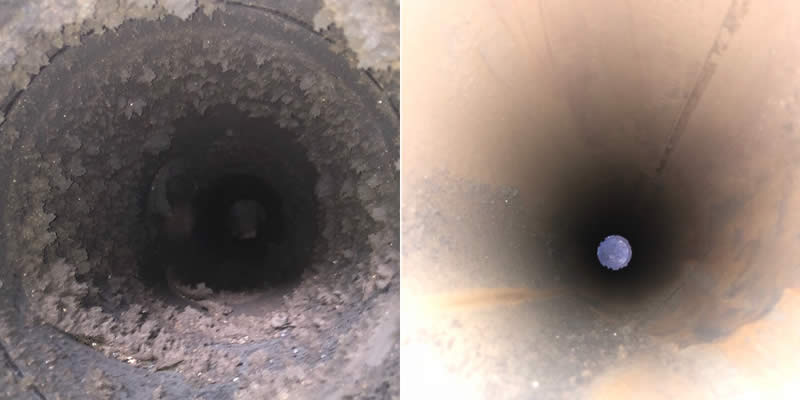Chimney Sweeping & Fireplace Servicing
Hamilton Based Chimney Sweeping & Fireplace Maintenance Services - We Work Waikato Wide!
We leave your house spotless!
We make sure your house is super clean after a chimney sweep!
We can also clean chimneys from the bottom or top -
which means we can book a specific time so you don't wait around all day...
Why Should I get my Chimney Cleaned?
A chimney sweep removes soot, blockages and built-up creosote from your chimney liner, firebox, smoke chamber and damper.
Cleaning a chimney will ensure safer operation and reduces the risk of a house fire.
Chimney & Fireplace Maintenance
When we inspect your chimney we can also do any maintenance on your fireplace including the following:
- Check for and replace loose fireplace bricks
- Replace any broken or damaged fireplace parts:
- Fireplace door seals & handles
- Moisture testing of wood to make sure you have clean burning fuel to reduce creosote build up.
- Internal flue inspections done via camera to find hard to figure out issues.
6 Reasons to get your Chimney Swept
- Chimney Sweeping Removes Creosote & Prevents a Fire
- Chimney Sweeping Removes Obstructions & Pests
- Chimney Sweeping & Inspection can Discover Hidden Damage or Structural Problems
- Chimney Sweeping Increase the Life-span of the Flue Liner
- Chimney Sweeping Improves Efficiency
- Chimney Sweeping can Meet Insurance Requirements
What is Creosote?
Creosote is a highly flammable substance that builds up inside your chimney or liner as a result of burning wood. Creosote can also reduce the ventilation of a chimney and reduce efficiency.
It takes only a small accumulation of creosote glazing to create the potential for a chimney fire.
The rate of creosote accumulation in chimneys can be higher if you have poor burning practices or have a burning appliance or stove that is not working well.
Different types of wood create different amounts of creosote when burned. Pine causes a rapid build-up of creosote and should be avoided as a regular source of wood.
We offer moisture testing of wood to ensure you have clean burning fuel to reduce creosote build up.
Before & After Chimney Sweeping
How Often Should I get my Chimney Inspected & Cleaned?
Chimneys and fireplaces should be inspected at least once a year for soundness, freedom from deposits, and correct clearances.
How often you clean a chimney depends a lot on how much you use your fireplace or stove.
Your should inspect a chimney regularly even if you don't use your fireplace a whole lot – birds may have been using your chimney making it unsafe to use without clearing out the accumulated debris from nesting activity.
Any appreciable accumulation of soot can be enough to fuel a chimney fire that may damage the chimney and spread to the rest of your home.
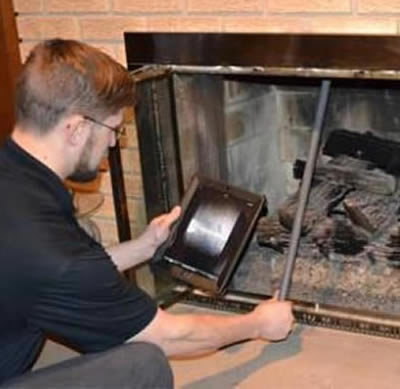
Internal flue inspections done via camera to find hard to figure out issues
What is the Best Time to Clean my Chimney?
Ideally, before the start of the burning season during the spring, summer or autumn is a great time to get your chimney inspection and / or chimney cleaning.
Before you think about building a fire because the weather has changed, is the time to call your chimney sweep.
Forgot to clean your chimney before starting to use the fireplace, stove or furnace?
Don't wait until the winter, we can do your chimney cleaning or inspection any time of year.
6 Reasons to get your Chimney Swept
1. Prevent a Fire
The leading factor contributing to home fires is the failure to clean your chimney.
As you enjoy your cosy fire, creosote will build up in the chimney.
Creosote is a highly combustible black or brown residue that can be crusty and flaky, tar-like, drippy and sticky, or shiny and hardened.
It can easily be ignited by high temperatures or even a stray spark. Creosote can burn for long periods of time at extremely hot temperatures.
It's a fact that most chimney fires go undetected. However, even when the fire stays in the flue, it can cause serious structural damage to your chimney and the surrounding area.
This dangerous chemical compound is tough to remove on your own without professional grade cleaners and equipment. Using a professional business with multiple ways to sweep is the surest way to remove all of the creosote in the chimney.

2. Remove Obstructions & Pests
Chimneys get clogged up with debris (like sticks and leaves) and animal nests just like gutters do.
Birds & Bees like to make their homes in chimneys during the spring and summer. If you light a fire in your fireplace or stove when the flue is occupied by an animal, nest, or debris, you could spark a fire. Bees wax is especially flammable!
You could also become exposed to carbon monoxide.
When smoke isn't able to completely escape through the chimney it will come back into your home increasing the risk of carbon monoxide poisoning.
Some people have tried to smoke out animals or burn away obstructions by building a big fire. This is incredibly dangerous and can accidentally start a house fire instead.
A1 Chimney and Heat Pumps have experience removing animals, nests, and other debris to prepare your chimney for a new burning season. Talk to us today!

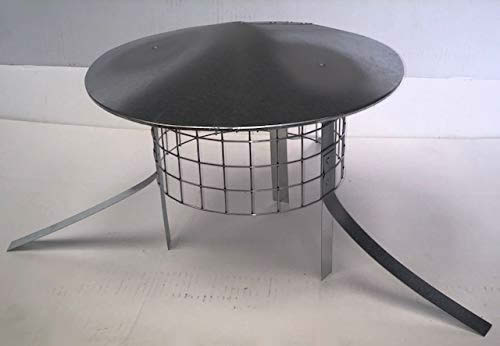
3. Discover Hidden Damage or Structural Problems
Do you know if you have ever had a chimney fire?
Even though most chimney fires go undetected they can still cause serious structural damage to your chimney and the surrounding area.
But it's not only chimney fires that damage chimneys. They also get damaged and deteriorate because they are exposed to harsh weather, extremely high temperatures, and corrosive chemical compounds.
Much like chimney fires, many chimney problems go unnoticed until the problem becomes severe (and expensive!) Without the right equipment and a trained eye, it's hard to assess what is going on inside a chimney.
Some common problems that we often discover through chimney inspections are:
- Cracked Chimney Crowns
- Brick & Mortar Joint Cracks
- Water Damaged Masonry
- Loose or Damaged Flashings
- Damaged Flue Liners
- Warped Dampers.

Catching these problems early is the best way to save yourself from expensive repairs in the future.
4. Increase the Life-span of the Flue Liner
The flue liner is your chimney's first defence against a house fire and carbon monoxide poisoning.
It insulates the rest of the chimney from the high temperatures of the fire and corrosive chemicals in smoke. It also prevents sparks and carbon monoxide from slipping into your home through cracks in the bricks and mortar.
Large build-ups of creosote and soot deteriorate flue liners because they trap moisture that corrodes the liner having the flue cleaned at least once a year helps it to stay in better condition so that it lasts longer.
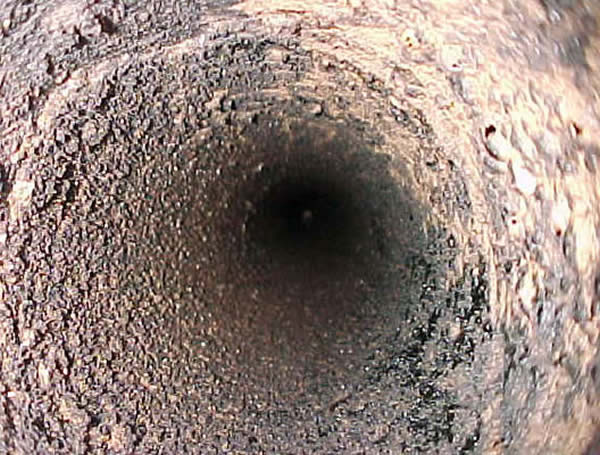
5. Improve Efficiency
Are you concerned with lowering your heating costs? Or polluting the environment?
If you answered yes to either question then the efficiency of your fireplace or stove is important.
When a fire burns fuel efficiently it produces more heat and less smoke. This means you'll be able to keep your home at a comfortable temperature without overloading the firebox and the fire won't produce as many harmful emissions.
The best way to improve your fireplace or stove's efficiency is to scheduling a chimney cleaning before the burning season begins.
The cleaning process removes any obstructions that might limit or cutting off the supply of oxygen that the fire needs to burn well. Fixing small problems discovered through an inspection, like a warped damper, improves fireplace efficiency by ensuring the chimney is fully functioning and prevents larger problems such as chimney fires.

6. Meet Insurance Requirements
Some insurance policies require annual chimney inspection & cleaning.
This is a common requirement for homeowner's insurance & many people don't realize it until it is too late!
Most insurance companies will not cover damage caused by a fireplace or wood stove if you do not have proof that the chimney has been cleaned and inspected at least once a year.
Check your homeowner's or landlord insurance to see if annual chimney inspection and cleaning is a requirement. If it is, make sure that you get proper documentation after you have the chimney serviced and hold onto it.
All rental properties must have a chimney sweep annually to meet legislation requirements.
